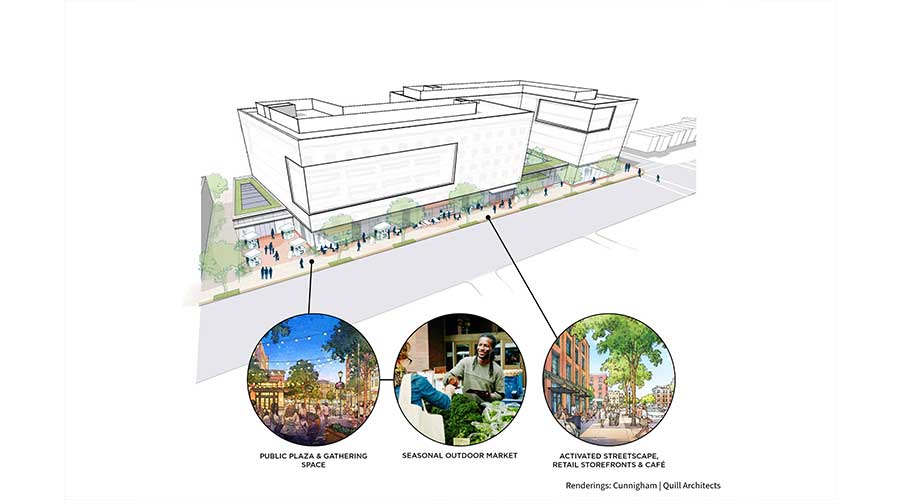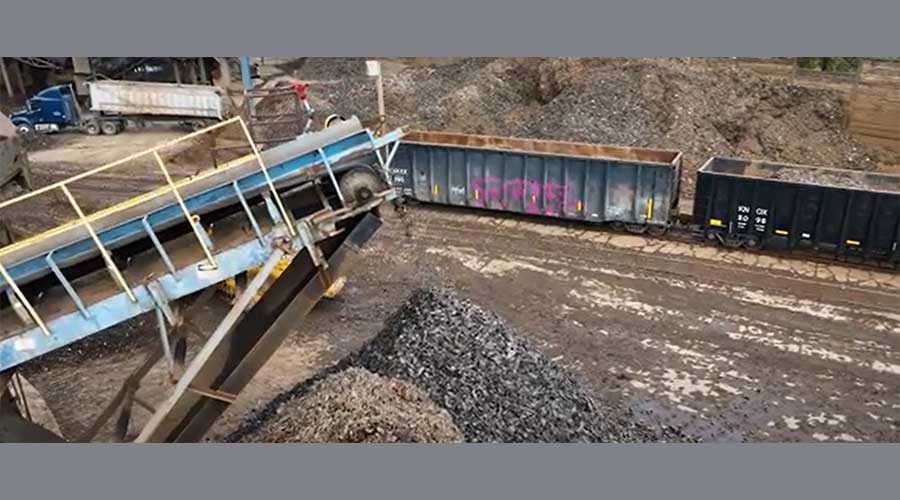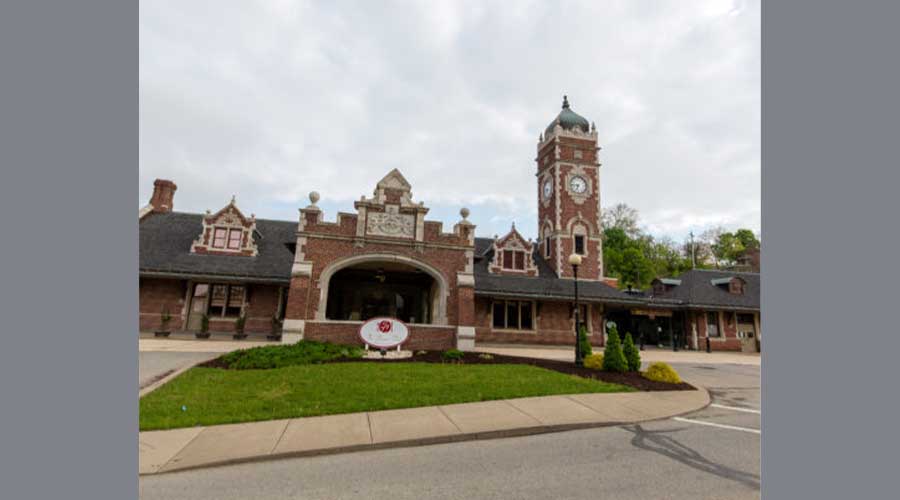Newsletter Sign Up
Stay updated on news, articles and information for the rail industry
Stay updated on news, articles and information for the rail industry
RAIL EMPLOYMENT & NOTICES
Rail News Home
Labor
Rail News: Labor
Class Is' recent hiring trend likely will continue until at least 2010. The Railroad Retirement Board predicts railroad will hire more than 80,000 workers during the next six years — and about 140,000 during the next decade — because of the growing economy, increasing traffic and burgeoning number of retirements, according to the Association of American Railroads.
The rail industry employed 221,000 people at 2003's end, but many workers continue to take advantage of the reformed Railroad Retirement Act, which enables employees with 30 years' railroading experience to retire at age 60. The rail industry retains an older workforce — about 40 percent of employees are eligible to retire within the next decade.
Railroads are taking action to restock their rosters by conducting recruitment and orientation sessions in conjunction with state and local community job fairs, and recruiting heavily at colleges and universities. Roads also are promoting jobs through the Internet, advertising and direct mail.
"With freight demand expected to jump 67 percent by 2020, the rail industry offers stability, with fantastic opportunities for a long-term career path," said AAR President and Chief Executive Officer Edward Hamberger in a prepared statement.
Union Pacific Railroad already has hired about 2,400 people this year and expects to add another 1,800 by 2004's end. Burlington Northern Santa Fe and CSX Transportation plan to hire 1,800 and 1,200 people, respectively.
Rail hubs in Chicago, Seattle, Los Angeles, St. Louis, Atlanta, Kansas City, Mo., and Memphis, Tenn., have the highest number of openings, according to the AAR. But some rural areas also have hiring needs, including Alliance, Neb.; Clovis, N.M.; Havre, Mont.; Gillette, Wyo.; Galesburg, Ill.; and Springfield, Mo.
4/29/2004
Rail News: Labor
Rail industry to add 140,000 workers by 2014, AAR says
advertisement
Class Is' recent hiring trend likely will continue until at least 2010. The Railroad Retirement Board predicts railroad will hire more than 80,000 workers during the next six years — and about 140,000 during the next decade — because of the growing economy, increasing traffic and burgeoning number of retirements, according to the Association of American Railroads.
The rail industry employed 221,000 people at 2003's end, but many workers continue to take advantage of the reformed Railroad Retirement Act, which enables employees with 30 years' railroading experience to retire at age 60. The rail industry retains an older workforce — about 40 percent of employees are eligible to retire within the next decade.
Railroads are taking action to restock their rosters by conducting recruitment and orientation sessions in conjunction with state and local community job fairs, and recruiting heavily at colleges and universities. Roads also are promoting jobs through the Internet, advertising and direct mail.
"With freight demand expected to jump 67 percent by 2020, the rail industry offers stability, with fantastic opportunities for a long-term career path," said AAR President and Chief Executive Officer Edward Hamberger in a prepared statement.
Union Pacific Railroad already has hired about 2,400 people this year and expects to add another 1,800 by 2004's end. Burlington Northern Santa Fe and CSX Transportation plan to hire 1,800 and 1,200 people, respectively.
Rail hubs in Chicago, Seattle, Los Angeles, St. Louis, Atlanta, Kansas City, Mo., and Memphis, Tenn., have the highest number of openings, according to the AAR. But some rural areas also have hiring needs, including Alliance, Neb.; Clovis, N.M.; Havre, Mont.; Gillette, Wyo.; Galesburg, Ill.; and Springfield, Mo.


 2025 MOW Spending Report: Passenger-rail programs
2025 MOW Spending Report: Passenger-rail programs
 Gardner steps down as Amtrak CEO
Gardner steps down as Amtrak CEO
 Guest comment: Oliver Wyman’s David Hunt
Guest comment: Oliver Wyman’s David Hunt
 Women of Influence in Rail eBook
Women of Influence in Rail eBook
 railPrime
railPrime







